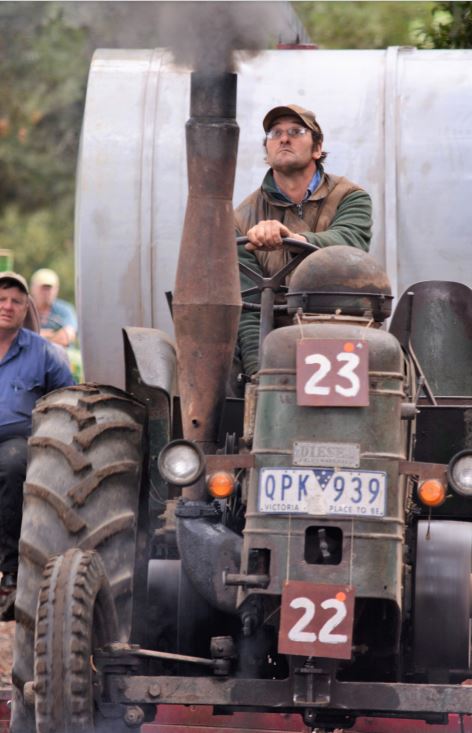September 7th, 2020Glen, about the house
Homemade eco-friendly garden pots
Apart from the obvious environmental negatives and costs of putting your home- grown plants into plastic pots, there is always the risk of damaging the tender roots when transplanting your seedlings, or cutting grown plants.
How much simpler and cheaper would it be to simply transplant them, pot and all, knowing the pot itself will add to the compost. Besides, making them can be a family friendly project.
Toilet roll/hand towel pots (pictured above right)
These are the easiest ones to create of all and judging by the recent rush on supermarkets there should be no trouble in finding enough raw materials. It’s simply a matter of making at least four 2cm evenly-spaced cuts at one end of the tube.
Fold each section inwards and crease them to form the bottom of your pot. Stand the pot up and use a length of wooden dowel or the handle of a kitchen utensil to flatten the flaps from inside. You may then like to give it a dab of glue stick to keep the flaps in place.
Paper towel tubes can be cut in half and divided to provide two pots for the price of one.
Newspaper pots (pictured below right)
I have been waiting (somewhat patiently) for the arrival of a special, beautiful, wooden pot-making kit, hoping it would arrive in time for this article. You can actually see them through your search engine if you simply type “newspaper pot-makers” or check out, as I did, your favourite eco-friendly site. Mine is Biome.
But instead I’ve put together my own version.
The best thing about newspaper pots is that they can be made to practically any size, although I would suggest that for practical reasons about 6-8cm would be optimum. For this exercise I chose a small, straight-sided spice jar – perfect for a soon- to-be planted out seedling or cutting.
Cut a lengthwise strip of newspaper, a little wider than the height of the jar, and place it so that enough width of the paper would reach halfway when folded across the bottom.
Carefully, and not too tightly, roll the jar up in the paper giving it at least 2-3 layers, then secure it with a dab of glue or a strip of tape. The larger the pot, the more layers will be needed to keep the sides firm.
Leaving the jar in place, stand the pot up on a smooth surface and push the jar down, rotating it to firm the bottom. The kit provides a specially shaped bowl for this purpose. I chose a small white dish for the job, working the pot around against the sides. Again, if you wish, a dab underneath with the glue stick will secure the bottom flaps.
When filled with soil and plants, the pots will need a little support to keep them upright. If placed in a shallow tray on a layer of peat moss or shredded paper, keeping that layer damp will enable the pots to absorb that moisture from below.
Coffee capsules
I have a confession to make. We have a capsule-type coffee maker but, although not totally perfect in the eco-stakes, we have at least come some way in recycling the capsules.
We dry them in a tray and then extract the grounds for use in the garden, both to supplement our worm farm and my potting mix – about a cupful to a shovelful of soil.
We recycle the aluminium lids which then leaves the actual capsules – perfect to use, with their perforated bases, as seed-raising pots.
Got a gardening question? Ask Glen. Email glenzgarden@gmail.com









